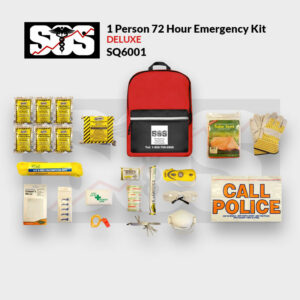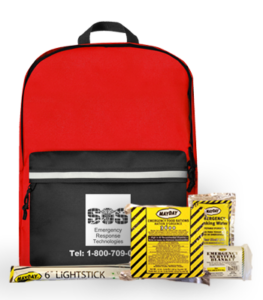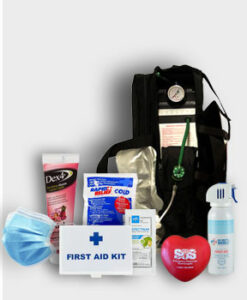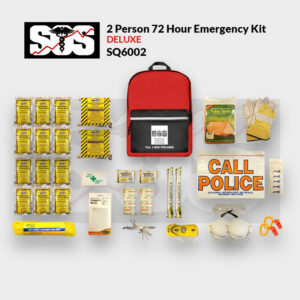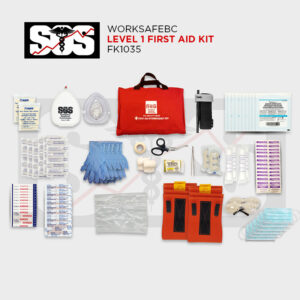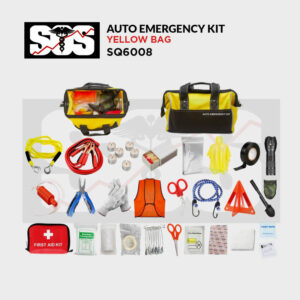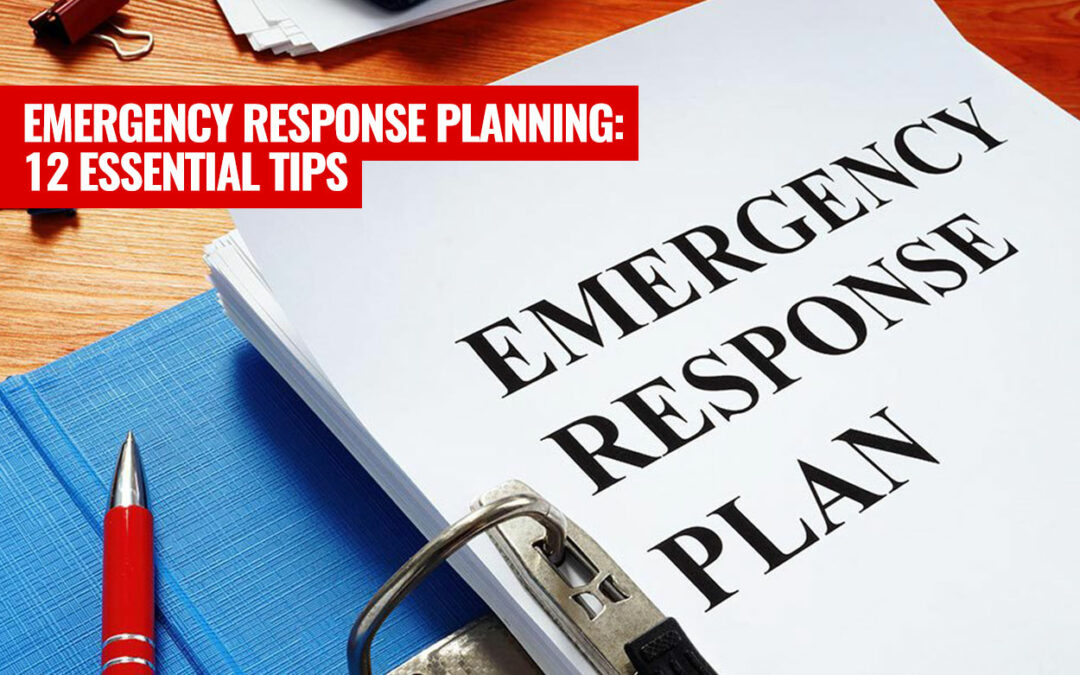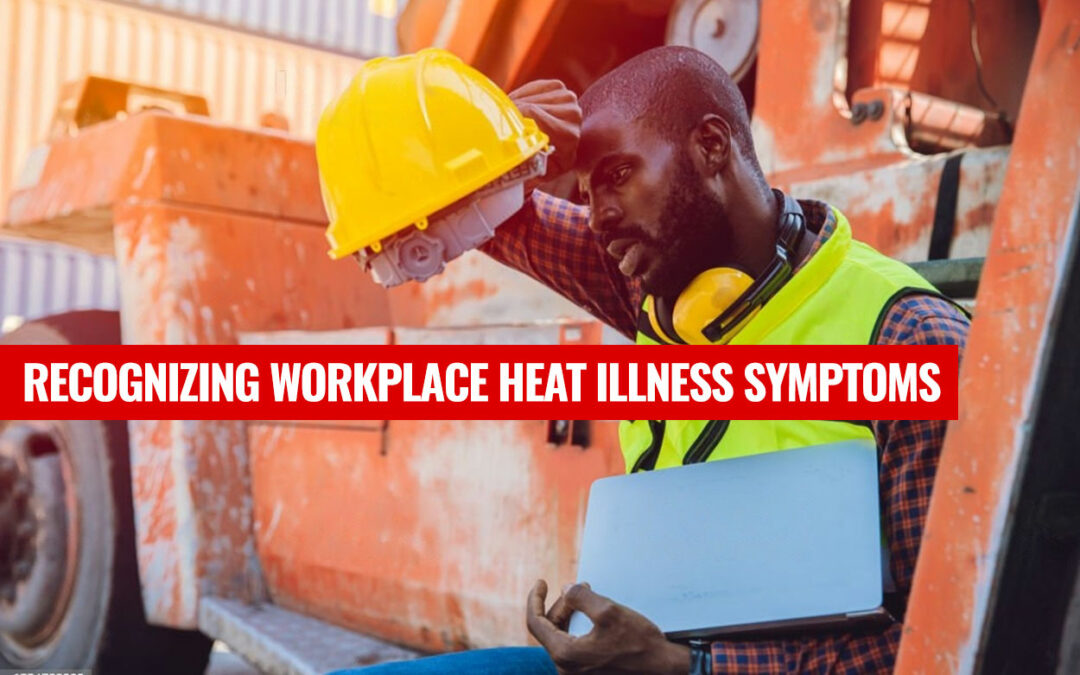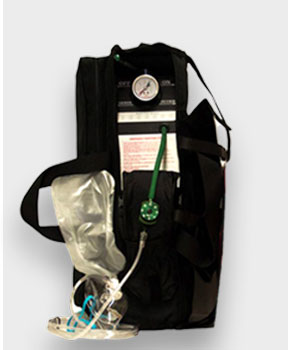
Cold & Flu Season: 10 Healthy Back to School Tips
Cold and Flu Season: Back to School Tips
The smell of freshly sharpened pencils and the sight of leaves turning to gold herald not only the return to school, but also the approach of cold and flu season. As children head back to the classrooms, they are exposed to a myriad of germs that can lead to the sniffles, sneezes, and sore throats.
Here’s a friendly Back to School Tips guide packed with tips to ensure our little scholars stay in tiptop shape, especially in the cold and flu season.
1. Hand Hygiene Is Paramount
In the battleground against cold and flu, our hands are the frontline soldiers. As children touch surfaces, share materials, and interact with their peers, they come into contact with countless germs. This makes hand hygiene a back to school tips top priority.
Here’s how to ensure it’s done right:
- Washing Technique Matters: It’s not just about rinsing hands under water. Kids should be scrubbing their hands with soap for at least 20 seconds.
- A fun tip: Encourage them to sing the ‘Happy Birthday’ song twice while washing – it’s approximately the right duration!
- Focus on Key Areas: Ensure that they pay special attention to the backs of their hands, between the fingers, and under the nails, where germs often hide out.
- Dry Hands Properly: Wet hands can attract and spread germs more than dry hands. Always ensure that they dry their hands using a clean towel or air dryer.
- Regularly Remind Them: Children might forget, especially when they’re engrossed in play or busy with school activities. Gentle reminders, either verbally or through fun stickers and notes, can go a long way.
- Lead by Example: Children often mimic adults. Ensure that you’re also following proper hand hygiene to set a positive example.
 2. Arm Them with Sanitizers
2. Arm Them with Sanitizers
Let’s be real. Sometimes, rushing between classes or during field trips, kids might not get the chance to wash their hands. A small bottle of hand sanitizer (at least 60% alcohol) can be a handy backup. Just remind them it’s not a complete substitute for good old-fashioned handwashing!
3. Teach Sneezing and Coughing Etiquette
We’ve all seen that child who sneezes into the open air or directly onto their desk. One of our favourite back to school tips is to teach your children to sneeze or cough into their elbow or a tissue. It’s a small step that can drastically reduce the spread of germs.
4. Boost Their Immunity
A balanced diet filled with fruits, veggies, whole grains, and lean proteins can do wonders. Also, Richmond’s often chilly and rainy weather is a good reason to ensure your kids get their daily dose of vitamin D.5. Stay Active
While the temptation might be to stay indoors, physical activity is essential. Whether it’s participating in school sports, taking a walk along the Fraser River, or cycling in parks, ensure your child gets their daily dose of exercise.
6. Stay Hydrated
The benefits of drinking water are countless. From flushing out toxins to aiding digestion, water is the unsung hero. Equip your child with a reusable water bottle to encourage sipping throughout the day.7. Adequate Sleep is Non-negotiable
School-age children should aim for 9-11 hours of sleep. Establish a regular bedtime routine and keep electronic devices out of the bedroom. A well-rested child is more resistant to colds and flu.8. Keep Sick Kids at Home
We understand the pressure of balancing work and school. But if your child shows symptoms of the flu, it’s best to let them rest at home. This not only aids their recovery but also prevents the spread of illness in classrooms.9. Stay Updated on Vaccinations
Health units often offer flu vaccines before the flu season peaks. Staying updated can drastically reduce the chances of severe illness.
 10. Create a Sick-Day Kit
10. Create a Sick-Day Kit
Prepare for those unpredictable sick days. Stock up on tissues, fever reducers, throat lozenges, herbal teas, and perhaps a comforting book or two. When illness strikes, it’s easier to have everything at hand.
Returning to school is an exciting time for children – full of learning, growth, and fun experiences. By taking a few back to school tips these proactive steps, we can ensure that the cold and flu season doesn’t put a damper on their academic year.
To all our parents and guardians, here’s to a healthy, happy, and productive school year ahead! Remember these back to school tips and a bit of prevention goes a long way. Stay safe and keep those germs at bay!


